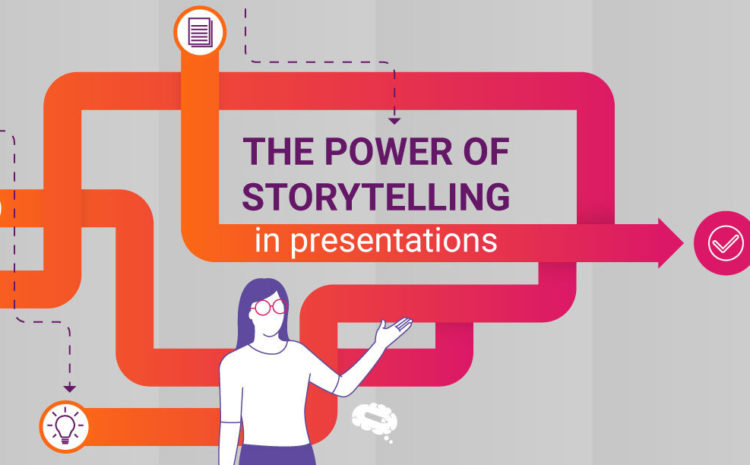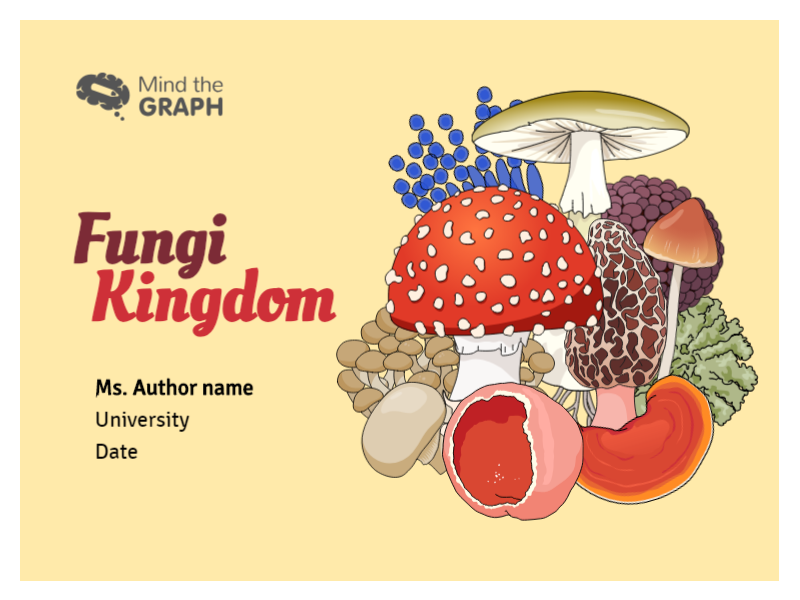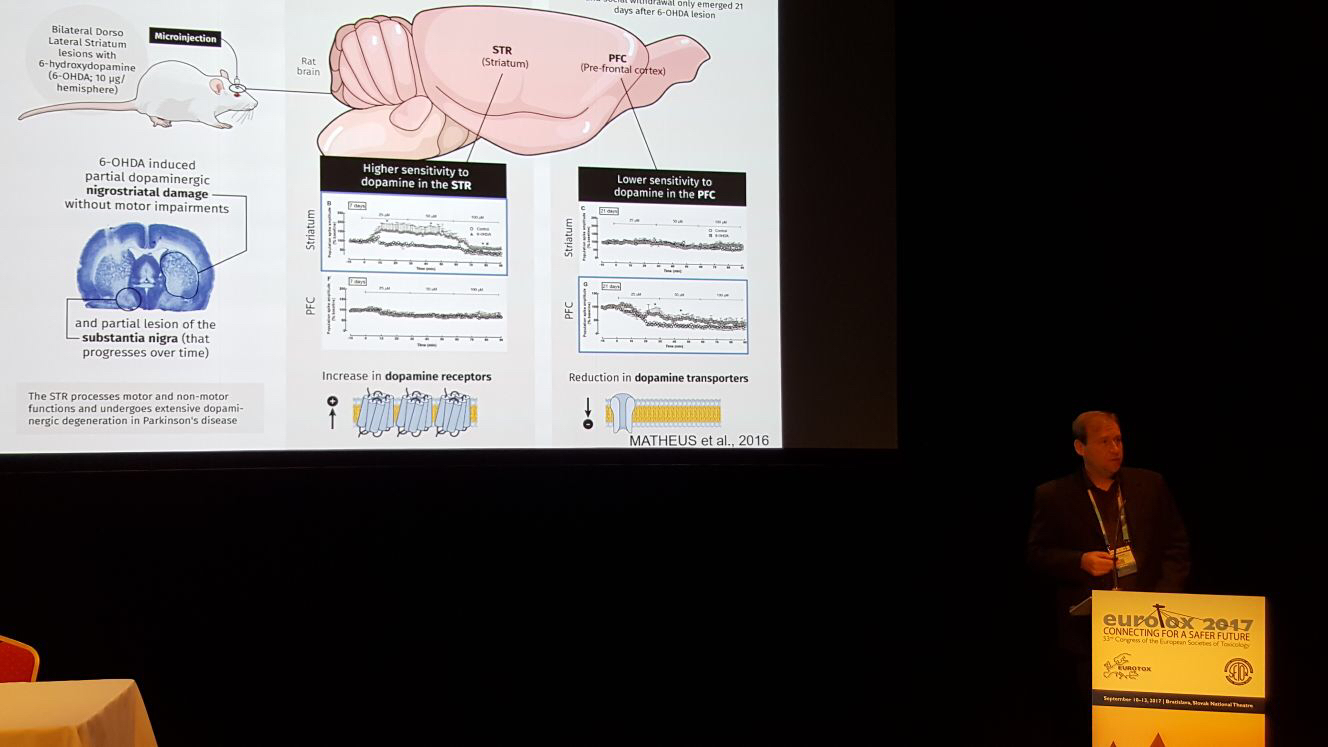It turns out that many books written about storytelling don’t work. Not because the authors don’t know what they’re writing about, but because most books are so long that they lose the point and valuable information somewhere along the way.
Storytelling doesn’t need long books of 300-500 pages. Just one article will tell you what storytelling is, why you can mesmerize a whole crowd with it, and how to use storytelling in presentations.
Why is storytelling so compelling?
Storytelling is already commonly referred to as everything. However, it should be understood that storytelling is a story with a specific structure, plot, character, problem, and conflict resolution.
Storytelling is the story of the hero’s struggle with conflict. It is possible to describe storytelling in three words: “conflict changes lives.” After all, the story should consist of the difficulties that the hero tries to overcome, the actions he takes to resolve the situation, and the story’s happy ending. The hero succeeds in achieving the goal and resolving the conflict.
The simplest structure for storytelling is the three acts:
- Beginning
- Climax
- Decoupling
Of course, you can also use the five-act structure (Freitag’s Pyramid):
- Exposition
- Rising Action
- Climax
- Falling Action
- Resolution
An example of storytelling can be almost any advertisement for a medicine. Let’s say the hero has a cold, he feels sick, nothing helps, the cough is terrible, and suddenly Theraflu appears. It works from the first second, reduces the pain, and the hero feels much better.
So how do you write great storytelling for a presentation?
Storytelling is only suitable for public speaking with the presentation. Creating a presentation in a storytelling format for a mailing list is not a good idea. Without a speaker, the audience won’t understand the concept and won’t want to understand the text. Even if you think it was something exciting.
Recipe for good storytelling in the presentation:
- Find a story. And it should be a real story. Of course, you can make up a story, but the possible consequences fall on your shoulders.
- Fewer words – more action. If you suffer from graphomania, try to fit your text into 20 sentences. Don’t write more. And do not write sentences of 5 lines. In general, try to avoid complex structures in storytelling.
- A cheerful and exciting beginning. The most challenging way to hook the audience is at the story’s beginning, so the opening should be as meaningful and short as possible.
- There should always be a character in your story. Product descriptions without a hero and conflict are not storytelling.
- Focus on the hero. Tell what personal qualities of the character helped him or her achieve the goal.
- Fewer numbers and dates. Try not to use them and not turn your storytelling into a biography. At most, you can use one date.
Take into account these tips to make your presentation more compelling with storytelling. If you have some issues with understanding the storytelling mechanism, you can ask Essay Writer Pro professional writing service to help you with this task.
Stages of storytelling in presentation
There are 5 stages of storytelling you should use in your presentation. Now let’s discuss them in detail.
Stage I. Background
Begin with a brief description of the events leading up to the main story to make the audience more comfortable with the story. Or you can start with the main character, describing his or her problems, goals, dreams, and hopes. Don’t be too long with the introduction, even if you are madly in love with your hero, the product, or what you describe.
Stage II. Spoiler
It is an optional part of storytelling, but you can try it. Hint to the audience about what the hero has in store for the finale. For example, “At the beginning of 2015, I had no money for food, and today I bought myself a Mercedes-Benz of the latest model, and not even on credit.”
It seems to hint at the finale, but intrigue is preserved at the same time.
Stage III. The hero’s problems
This is where your hero’s problems, obstacles, and enemies are exposed. You should not soften the syllable here. Hit the audience’s emotions with full force.
After that, you can make the problems even worse. You can show that everything was so bad that you just wanted to go and hang yourself.
Stage IV. The beginning of the battle
Show what actions the hero took to fight the problems. Don’t throw the primary solution right in the hero’s face. Start small and gradually sway the hero.
Stage V. The hero’s victory
The final action that helped the hero win and stay in the black. As in a fairy tale, you can say that the hero’s life has improved and has only gotten better. And he found his love and received half the kingdom and everything in that spirit.
Plots for storytelling in presentations
In conclusion, let me tell you about the best, working, and most popular plots for storytelling.
- Story Comedy. A hilarious story about making mistakes along the way.
- The Ugly Duckling. She wasn’t pretty, everyone laughed at her, and then the heroine grew up and became just wow.
- Problem Solving. It is a classic story about solving a problem that keeps the protagonist going.
- Hard Victory. An overcoming story. When it seemed necessary to hide in a corner and cry, the hero stood up, pulled himself together, and overcame all obstacles.
Storytelling for presentation is not as scary as it sounds. And the tips I shared above can be used to create storytelling for any topic and any purpose. You can also improve your presentation with scientific illustrations.

Subscribe to our newsletter
Exclusive high quality content about effective visual
communication in science.





